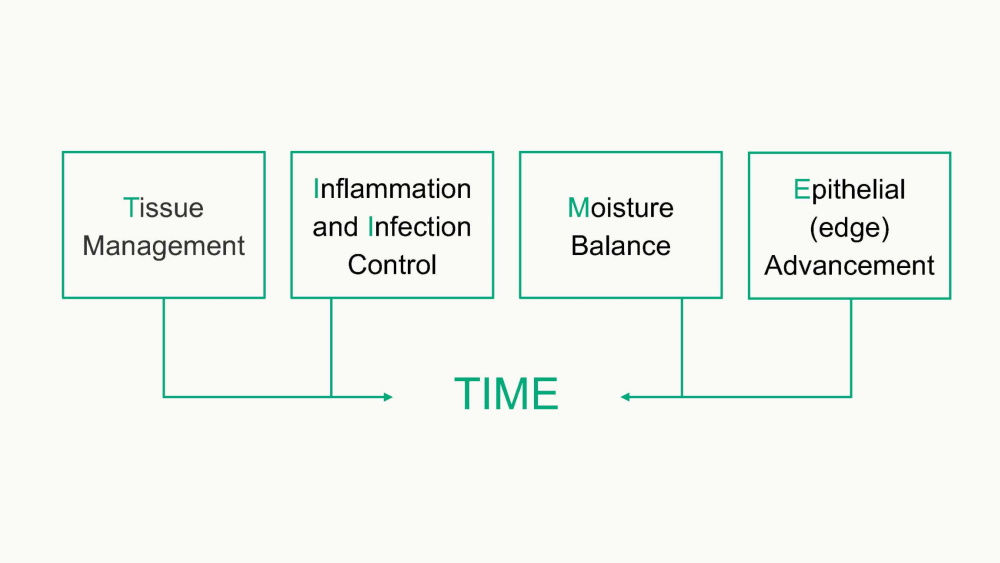<p>You are about to enter the british website of the B. Braun Group. We recommend you visit the website of your local B. Braun organization.</p>
More B. Braun company websites
Argentina - Grupo B. Braun Medical S.A. - http://www.bbraun.com.ar
Australia - B. Braun Australia Pty. Ltd - http://www.bbraun.com.au
Austria - B. Braun Austria GmbH - http://www.bbraun.at
Belgium - B. Braun Medical N.V./S.A. - http://www.bbraun.be
Brazil - Laboratórios B. Braun S.A. - http://www.bbraun.com.br
Bulgaria - B. Braun Medical EOOD - http://www.bbraun.bg
Canada - B. Braun of Canada, Ltd. - http://www.bbraun.ca
Chile - B. Braun Medical SpA - http://www.bbraun.cl
Colombia - B. Braun Medical S.A. - http://www.bbraun.co
Croatia - B. Braun Adria d.o.o. - http://www.bbraun.hr
Czech Republic - B. Braun Medical s.r.o. - http://www.bbraunweb.cz
Denmark - B. Braun Medical A/S - http://www.bbraun.dk
Ecuador - B. Braun Medical S.A. - http://www.bbraun.ec
Estonia - B. Braun Medical OÜ - http://www.bbraun.ee
Finland - B. Braun Medical Oy - http://www.bbraun.fi
France - B. Braun Medical SAS - http://www.bbraun.fr
Germany - B. Braun Melsungen AG - https://www.bbraun.de
Global - B. Braun Melsungen AG - https://www.bbraun.com
Global - B. Braun Melsungen AG - https://www.bbraun.com
Hungary - B. Braun Magyarország - http://www.bbraun.hu
India - B. Braun Medical India Pvt. Ltd - http://www.bbraun.in
Indonesia - PT. B. Braun Medical Indonesia - http://www.bbraun.co.id
Ireland - B. Braun Medical Ltd. - http://www.bbraun.ie
Italy - B. Braun Milano S.p.A. - http://www.bbraun.it
Japan - B. Braun Japan Co. Ltd. - http://www.bbraun.co.jp
Korea - B. Braun Medical Korea Co. Ltd - http://www.bbraun.co.kr
Latvia - B. Braun SIA Latvia - http://www.bbraun.lv
Lithuania - B. Braun Medical UAB - http://www.bbraun.lt
Malaysia - B. Braun Medical Supplies Sdn Bhd - http://www.bbraun.my
Mexico - B. Braun Medical de Mexico, S.A.PI. DE C.V. - http://www.bbraun.com.mx
Netherlands - B. Braun Medical B.V. - http://www.bbraun.nl
New Zealand - B. Braun New Zealand Pty. Ltd. - http://www.bbraun.co.nz
Norway - B. Braun Medical AS - http://www.bbraun.no
Pakistan - B. Braun Pakistan (Private) Limited - http://www.bbraun.pk
Paraguay - B. Braun Medical Paraguay, S.A. - http://www.bbraun.com.py
Peru - B. Braun Medical Perú S.A. - http://www.bbraun.pe
Philippines - B. Braun Medical Supplies, Inc. - http://www.bbraun.com.ph
Poland - Aesculap Chifa Sp. z o.o. - http://www.bbraun.pl
Portugal - B. Braun Medical, Lda - http://www.bbraun.pt
Romania - B. Braun Medical S.R.L. - http://www.bbraun.ro
Russia - B. Braun Medical LLC - http://www.bbraun.ru
Singapore - B. Braun Singapore Pte Ltd. - http://www.bbraun.com.sg
Slovakia - B. Braun Medical s.r.o. - http://www.bbraunweb.sk
Spain - Grupo B. Braun España - http://www.bbraun.es
Sweden - B. Braun Medical AB - http://www.bbraun.se
Switzerland - B. Braun Medical AG - http://www.bbraun.ch
Taiwan - B. Braun Taiwan - http://www.bbraun.com.tw
Thailand - B. Braun (Thailand) Ltd. - http://www.bbraun.co.th
Ukraine - B.Braun Medical Ukraine - http://www.bbraun.ua
Vietnam - B. Braun Vietnam Co. Ltd. - http://www.bbraun.com.vn
<p>Not all products are registered and approved for sale in all countries or regions. Indications of use also may vary by country and region. Please contact your country representative for product availability and information. Product images are for reference only.</p>
